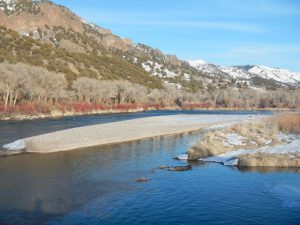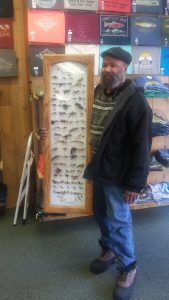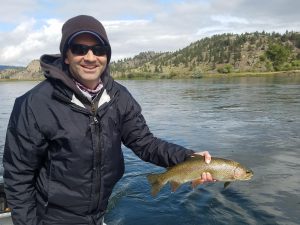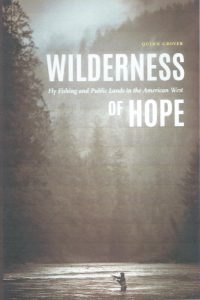South Fork, March 14th, 2020
As we mentioned in the previous South Fork fishing report, flow out of Palisades Dam was raised to around 3700 cfs last Monday. This is just the beginning of ramping up flow. Palisades Reservoir is at about 94% of capacity with MUCH snow yet to be melted in the drainage above. Not only that situation exists, but irrigation demands will soon increase as warmer parts downstream in south central Idaho become agriculturally active. That means more increases are “coming down the pipe” as is typical for this time of the season. For sure this will temporarily impact fishing in the river ( and the mainstream Snake River) for a few months to come. Therefore we will try to pass on fishing condition information on other waters in order to give a chance to make an informed choice to select waters for a visit.





